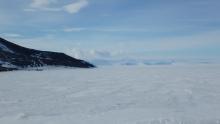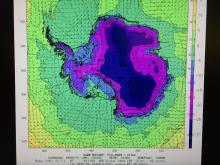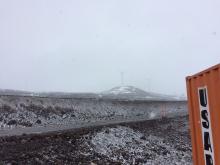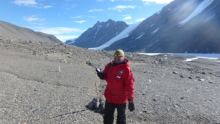Arctic Ground Squirrel Studies 2017
What Are They Doing?
 An Arctic ground squirrel eating a carrot in a cage. Photo by Andre Wille.
An Arctic ground squirrel eating a carrot in a cage. Photo by Andre Wille.
The climate of the Arctic is extreme and characterized by long dark cold winters and short bright cool summers. Arctic ground squirrels avoid the long winters by spending 7-9 months below-ground hibernating, reaching body temperatures as low as -3°C as they supercool their tissues. But the onset of spring in the Arctic can be variable depending on the depth of the winter snowpack that needs to melt and the prevalence of late spring snowstorms. How do arctic ground squirrels know when to terminate hibernation and emerge to the surface?
Predicting how species might alter their annual timing in response to rapid environmental change, including climate change, is constrained by insufficient knowledge of the endogenous mechanisms animals use to keep time, the cues used to adjust timing, and the extent to which programmed seasonal cycles are physiologically plastic. This study will investigate the mechanisms that underlie plasticity in the seasonal induction of the neuroendocrine signals that trigger the termination of hibernation and onset of reproduction in ground squirrels.










